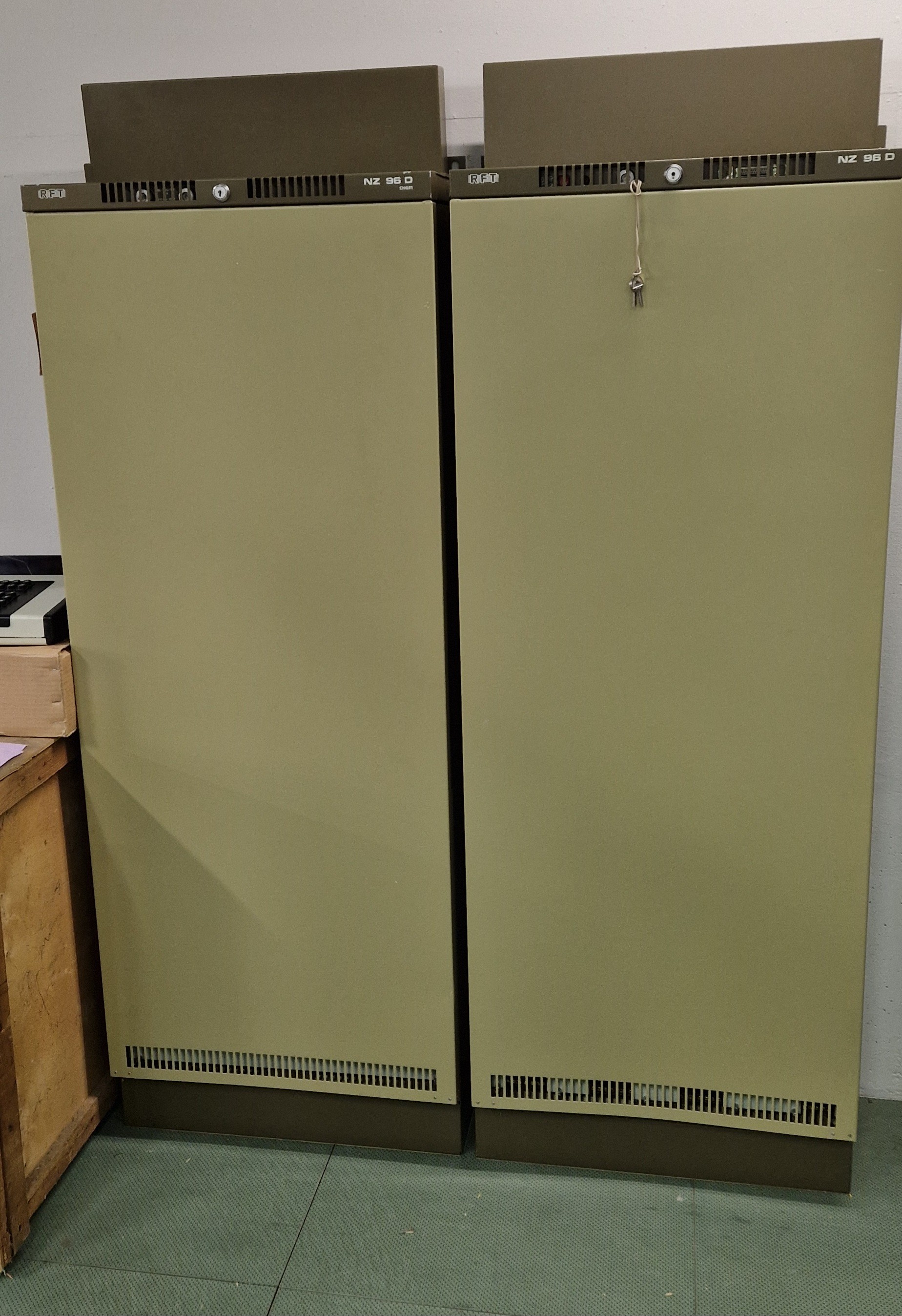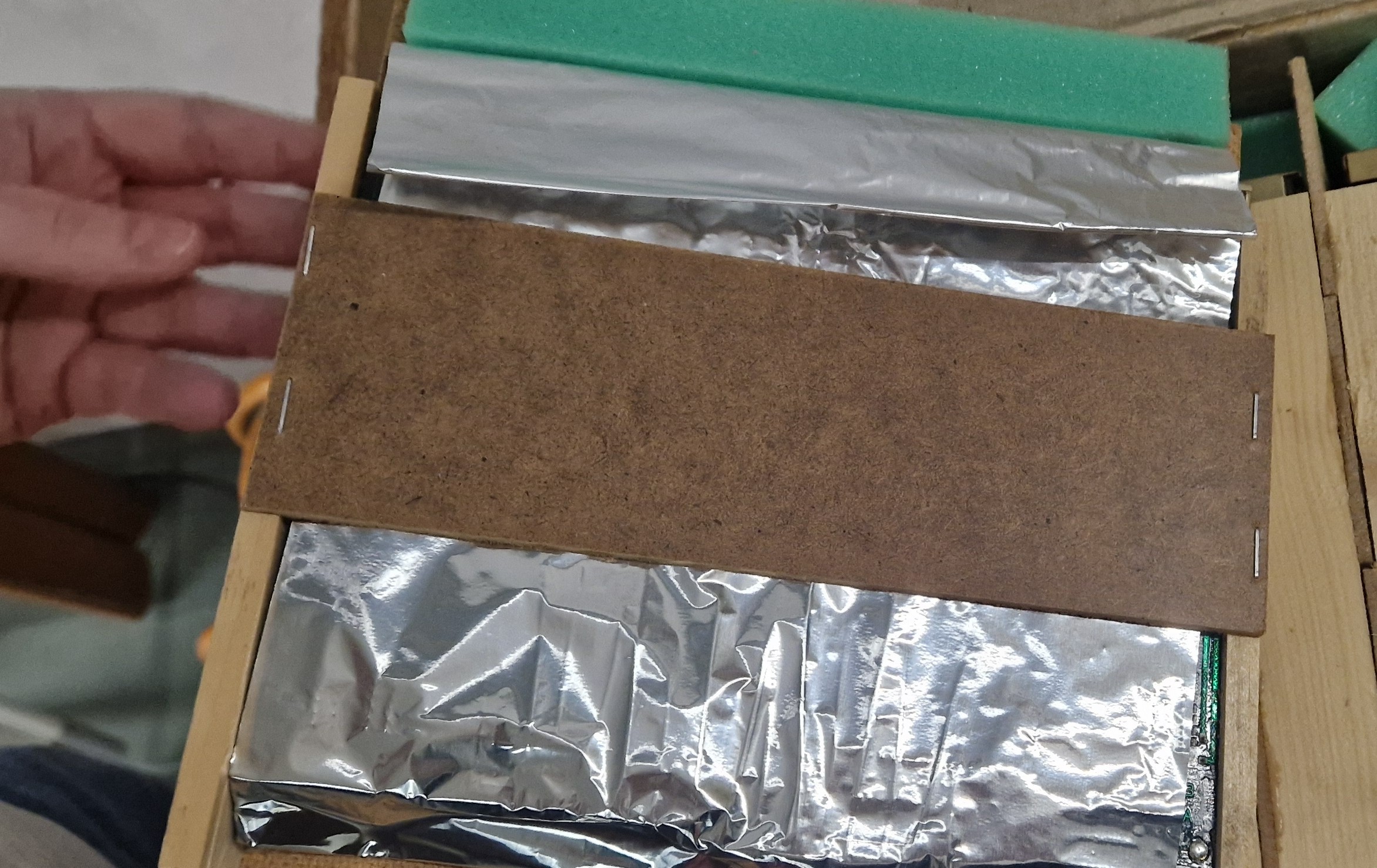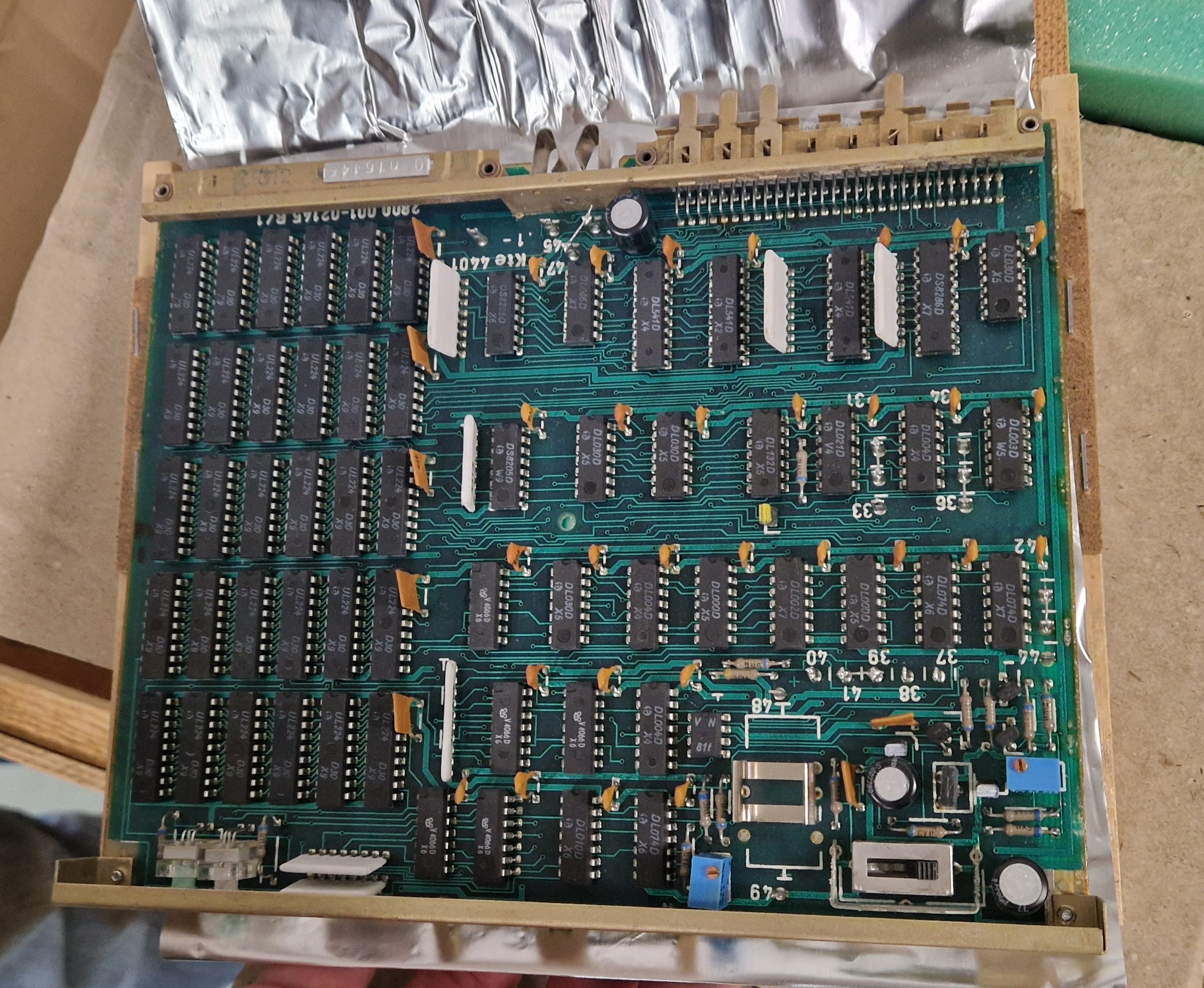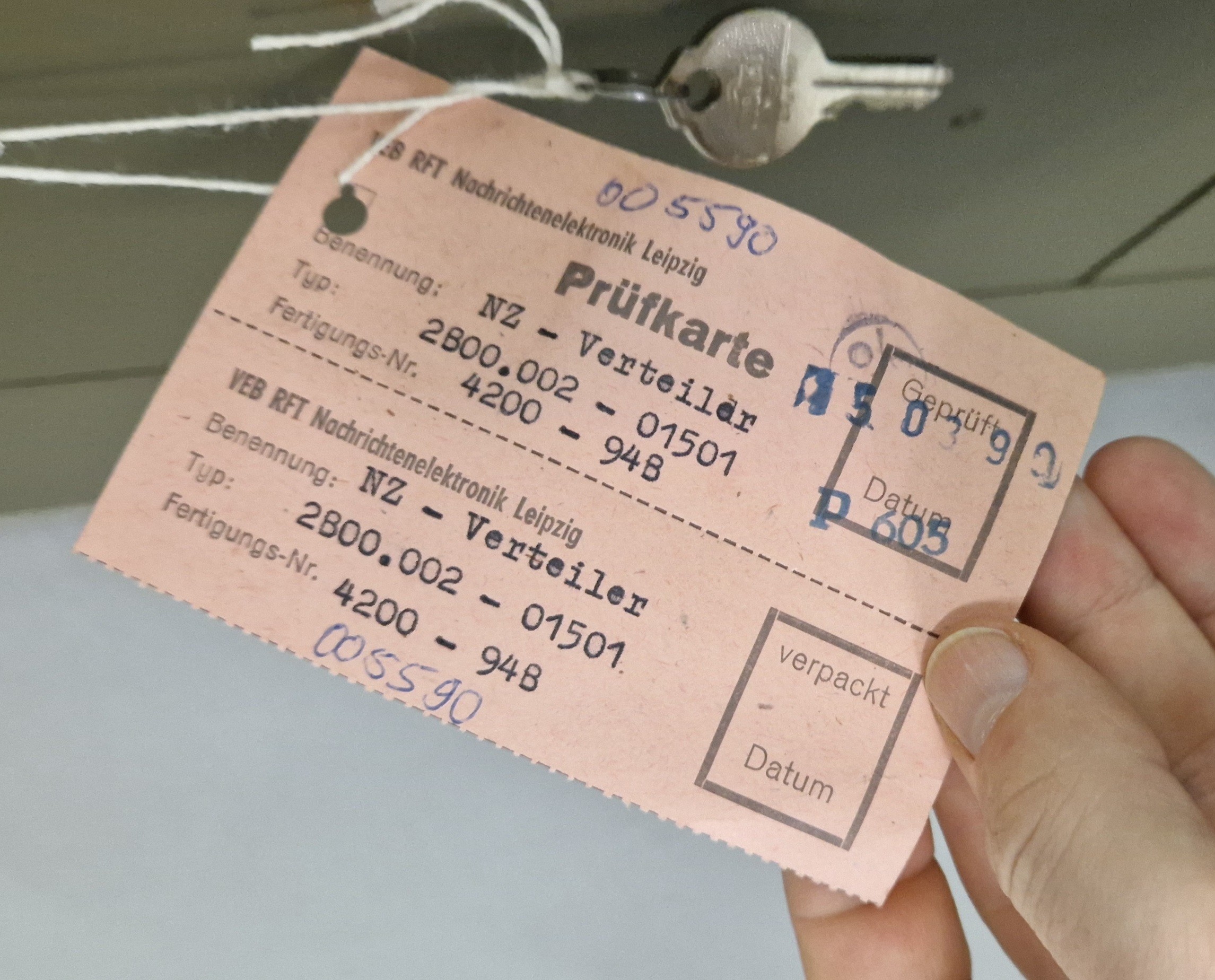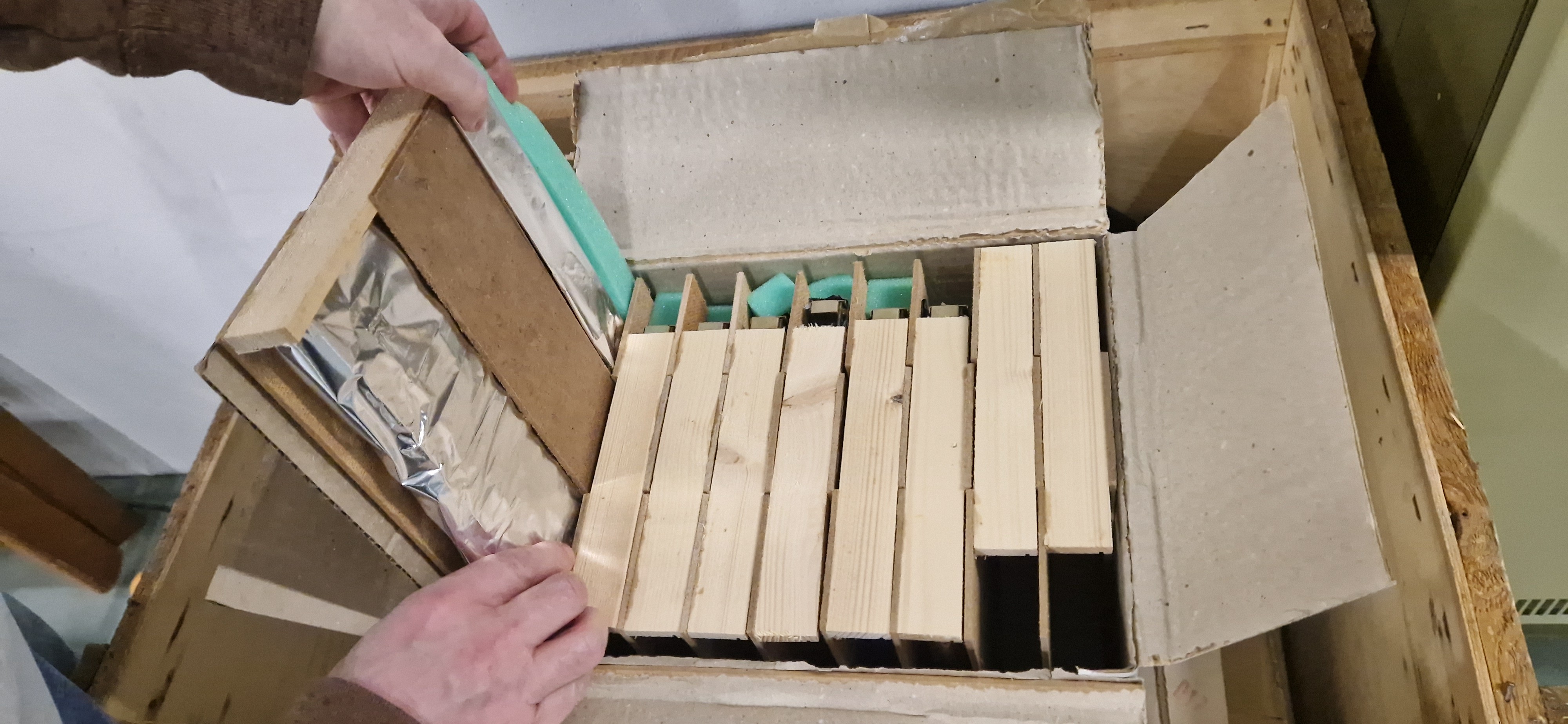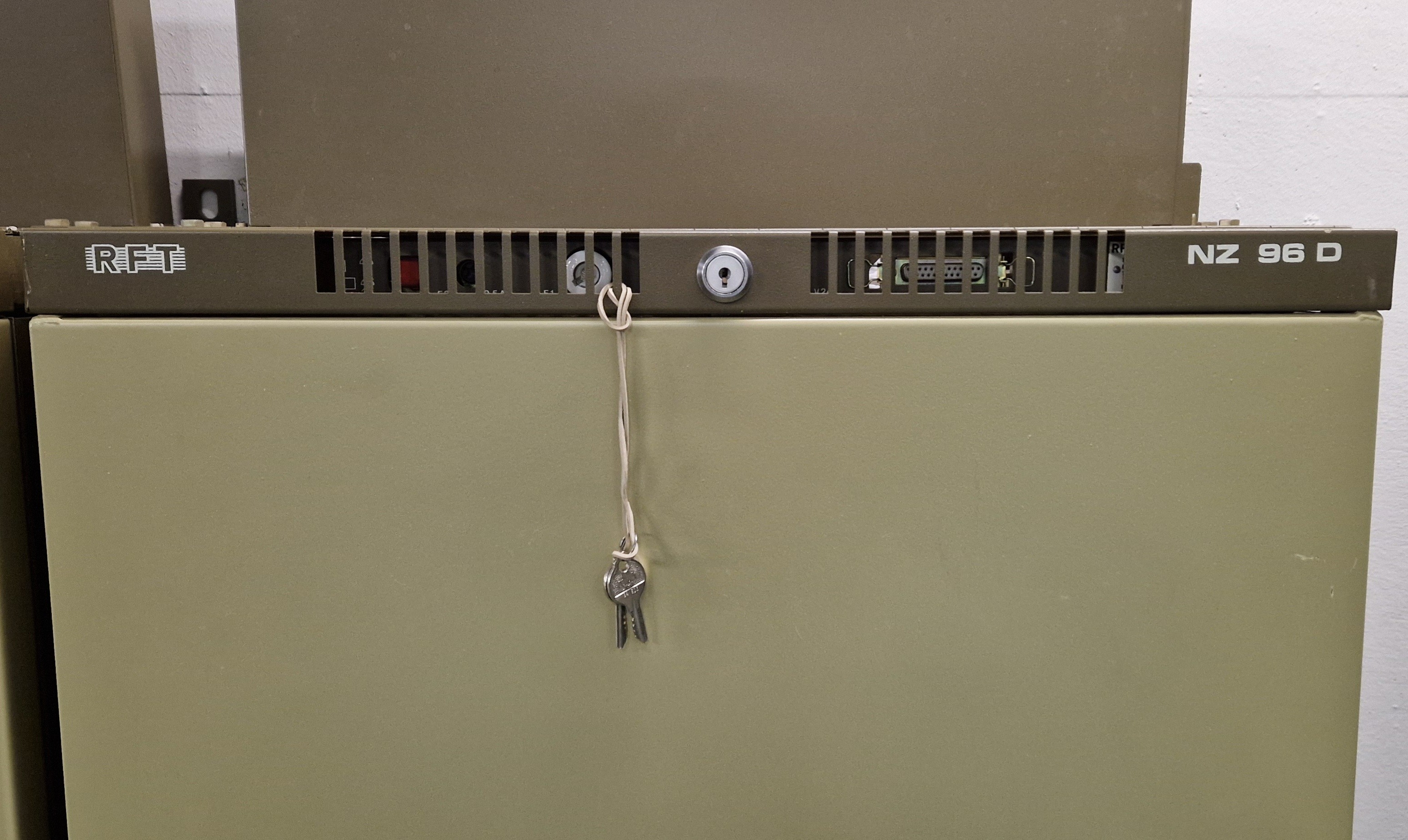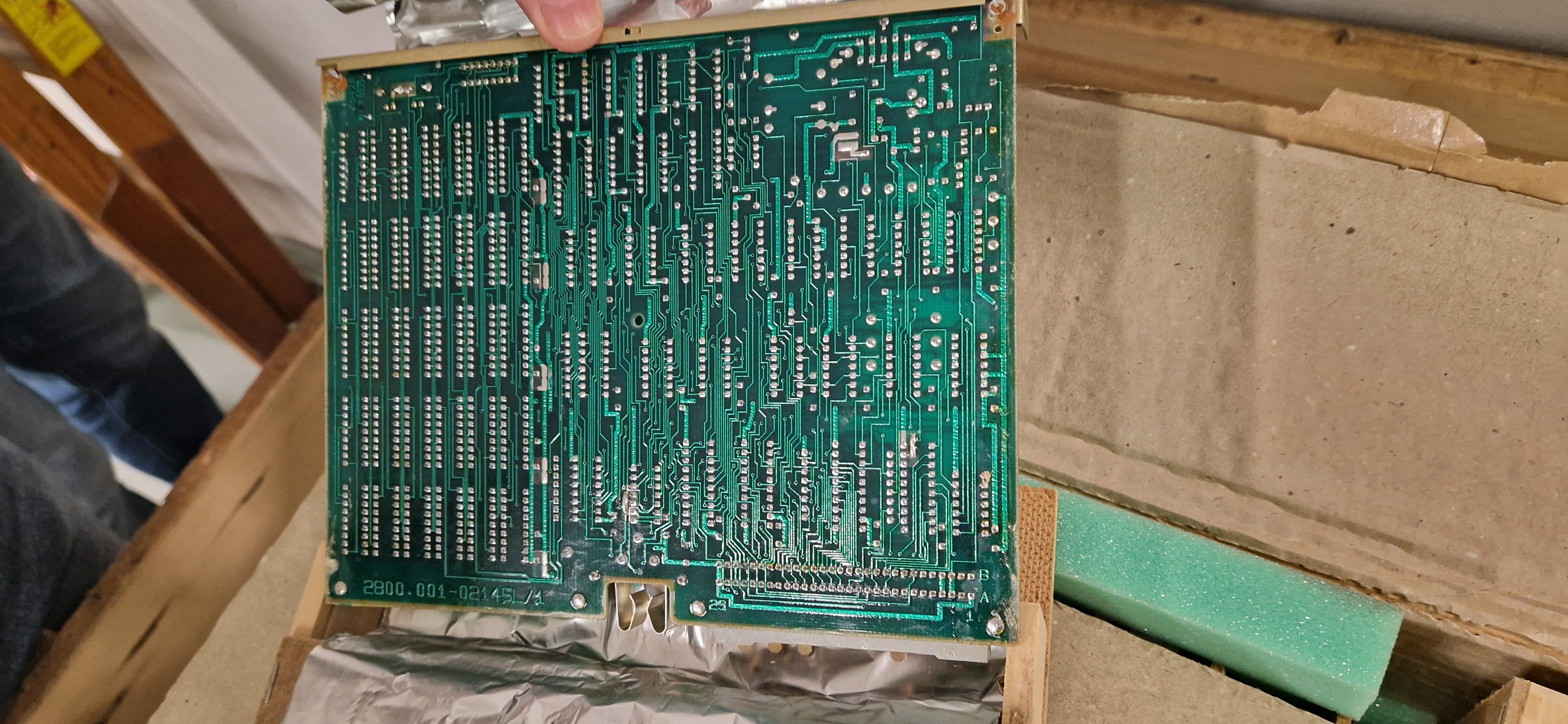LaF0rge
LaF0rge@chaos.socialIGHfT (communications museum dresden) has just acquired a NZ96D (digital PBX built in 1988 in thr GDR) in ots original wooden crates, brand new. #retronetworking #telephony #gdr #ddr https://www.tag24.de/dresden/kultur-leute/museum-in-dresden-erinnert-an-meilensteine-der-telefonie-und-wird-jetzt-groesser-3347937
F4GRX Sébastien
f4grx@chaos.social@LaF0rge this frosting effect on old soldermask covered traces has always been a mystery to me.
@f4grx https://retrocomputing.stackexchange.com/questions/12356/what-causes-the-traces-to-wrinkle-like-this-and-should-i-be-worried
I never intentionally scratched off solder mask on those old boards, but solder below the solder mask sounds reasonable. I am sure that on modern standard process boards there is no solder layer below the solder mask.
F4GRX Sébastien
f4grx@chaos.social@stereo4x4 ah, thanks, nice! The zx spectrum image is pretty dramatic!
LaF0rge
LaF0rge@chaos.social@f4grx it's just solder/tin on the copper traces before applying solder mask. I rarely saw old PCB that don't have this. Not sure exactly why, maybe to prevent oxidization of the copper? I've seen some rumors that occasionally it was also used to increase current carrying capacity of some power electronics traces, but I'm not sure I'm buying that.
F4GRX Sébastien
f4grx@chaos.social@LaF0rge Yes, @stereo4x4 gave an interesting link here: https://techhub.social/@stereo4x4/113856832008551580
Very interesting.
James Morris
jmorrisRE: https://chaos.social/@LaF0rge/113856213231658972
